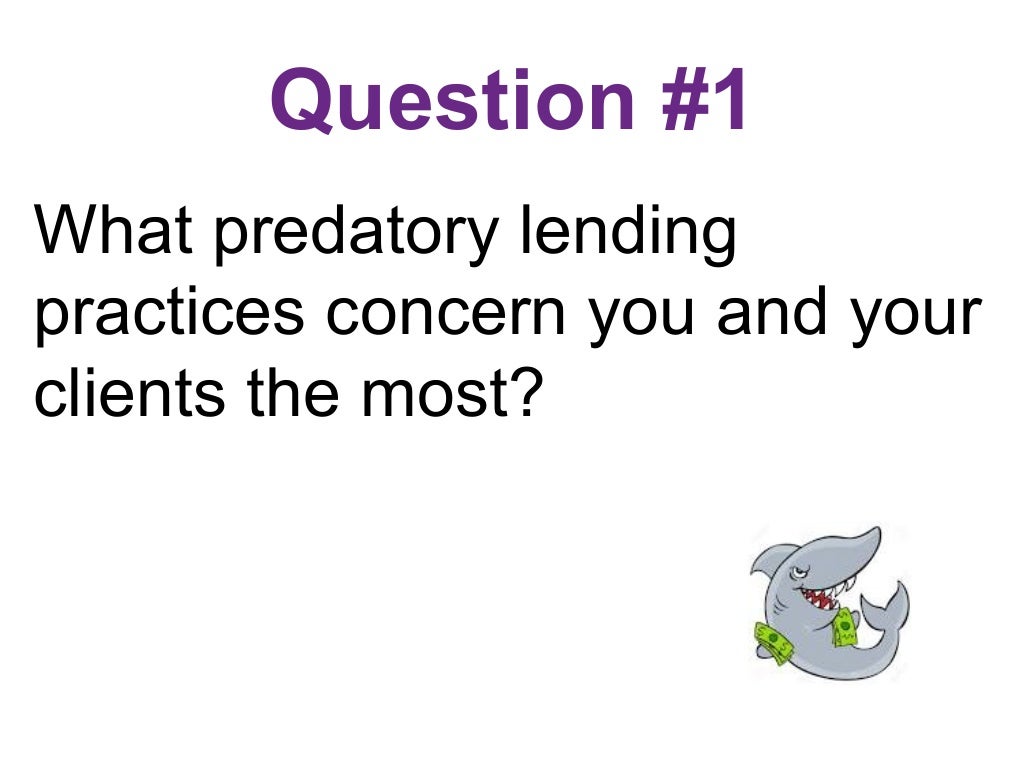Are you aware of the term “predatory lending”? If not, don’t worry, you are not alone. Predatory lending refers to the fraudulent and deceptive practices employed by lenders to take advantage of vulnerable borrowers. These practices involve misleading borrowers into taking loans with exorbitant interest rates and fees, hidden charges, pre-payment penalties, and other unreasonable terms and conditions that can lead to financial ruin.
Identifying Predatory Lending
The first step in avoiding predatory lending is to be aware of the signs. Here are some of the indicators of predatory lending:

- High interest rates: Predatory lenders often charge exorbitant interest rates that are significantly higher than the market rate.
- Hidden fees and charges: Predatory lenders are known to conceal fees and charges in the fine print of the loan agreement.
- Prepayment penalties: Predatory lenders may impose penalties on borrowers who want to pay off their loans early.
- Balloon payments: Predatory lenders may offer loans with low monthly payments but with a large “balloon” payment due at the end of the loan term.
- Unreasonable terms and conditions: Predatory lenders may impose unreasonable terms and conditions on the borrowers, such as mandatory arbitration clauses, which deprive the borrowers of their right to sue the lenders in court.
Avoiding Predatory Lending
Now that you know the signs of predatory lending, here are some tips to help you avoid falling into the trap:

- Shop around for loans: Don’t settle for the first loan offer that comes your way. Compare multiple offers from different lenders and choose the one with the most favorable terms and conditions.
- Read the fine print: Don’t sign anything without reading and understanding every word of the loan agreement. If something is not clear, ask questions or seek legal advice.
- Understand the interest rate: Make sure you understand the interest rate and how it will affect your monthly payments and the total cost of the loan.
- Beware of prepayment penalties: Avoid loans with prepayment penalties, which can make it more expensive to pay off your loan early.
- Stay away from balloon payments: Balloon payments can be a trap that leaves you with a large debt that you can’t afford to pay off.
- Check the lender’s reputation: Before agreeing to take out a loan, do some research on the lender’s reputation. Check with the Better Business Bureau and other consumer protection agencies to see if there are any complaints against the lender.
- Ask for help: If you are not sure about the terms and conditions of a loan or suspect that you are being offered a predatory loan, ask for help from a financial advisor or a legal expert.
The Consequences of Predatory Lending
If you fall victim to predatory lending, the consequences can be severe. You may end up with a debt that spirals out of control, lose assets, and even damage your credit score. Predatory lending can lead to financial ruin, bankruptcy, and a long-lasting impact on your financial future.

Furthermore, predatory lending has an impact on the wider community. Predatory lenders target vulnerable groups such as low-income families, minorities, and the elderly. When these groups are exploited, it can lead to a cycle of debt, poverty, and economic inequality.
Conclusion
Predatory lending is a serious problem that affects millions of people every year. It can lead to financial ruin, long-lasting damage to your credit score, and a sense of hopelessness. However, by being aware of the signs of predatory lending and taking steps to avoid it, you can protect yourself and your financial future.

If you suspect that you have fallen victim to predatory lending, or if you need help in avoiding it, seek advice from a trusted financial advisor or legal expert. Remember, no loan is worth your financial well-being, so take the time to make informed decisions when it comes to borrowing money.
